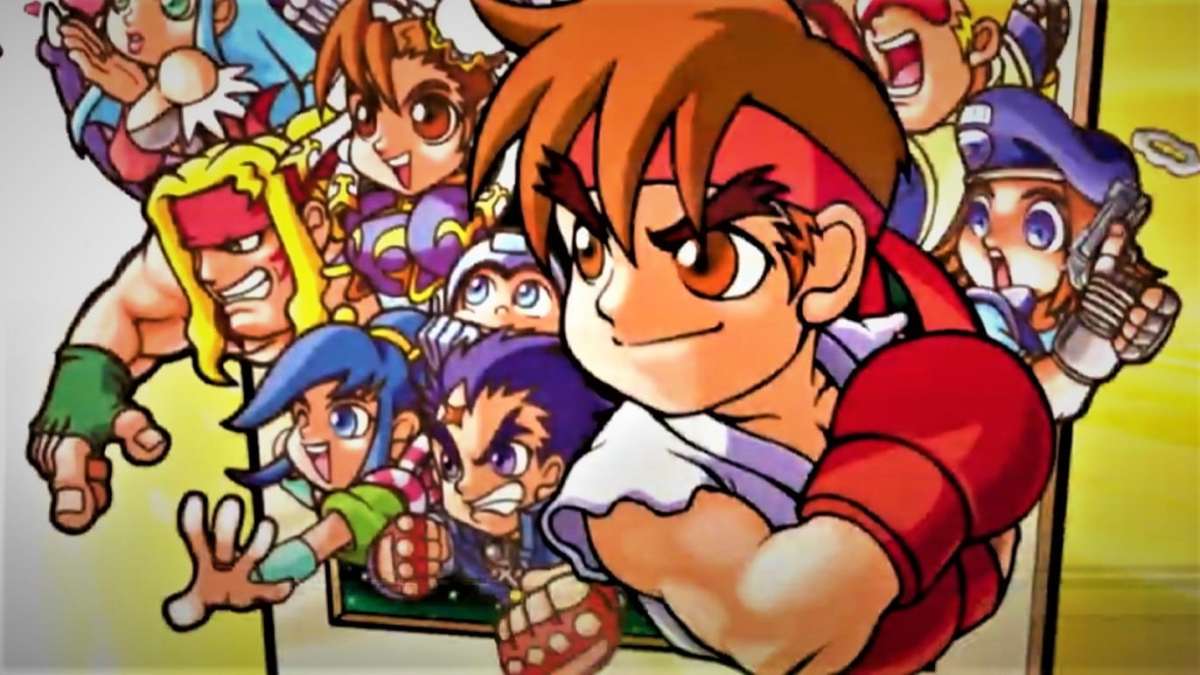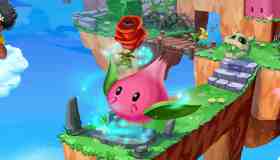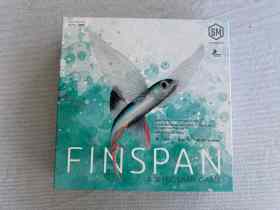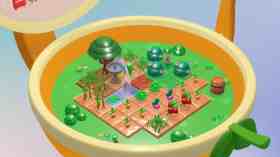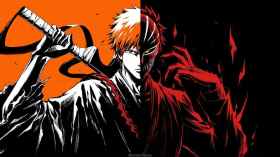SNK vs Capcom: Card Fighters’ Clash is the latest in a series of Neo Geo Pocket Colour game re-releases for the
Most of all, it’s an enduring reminder from the past that sometimes, simplicity can be the most satisfying thing. Especially when it comes to card-based games. Especially when it comes to portable games.
The most ambitious franchise crossover… of 1999
In the late 1990s, Capcom-developed fighting games, namely the Street Fighter series, ruled. They ruled all over the world, but especially in Asian countries. They shared a very visible rivalry with SNK, who manufactured the expensive, arcade-faithful Neo Geo console and the King of Fighters series. SNK had a vocal following in Asia and Latin regions, but they were clearly the underdogs. So when SNK vs Capcom: Card Fighters’ Clash was announced in 1999, a game featuring the visage of virtually every character each company held the rights to, needless to say, it made some waves.
SNK vs Capcom: Card Fighter’s Clash was just the first of a number of cross-collaborations between the two companies, and the history of how it came to be is fascinating. It seems quaint now, in the era of Fortnite and Super Smash Bros. Ultimate-style crossover monstrosities, but as one of the first major partnerships of this type in the industry, it was unfathomable.
A relic of a bygone era, made available for the first time.
Unfortunately, as a young fanatic of both fighting game developers living in Australia, I was unable to experience this momentous occasion in video game history first-hand.
SNK vs Capcom: Card Fighter’s Clash was a game for the Neo Geo Pocket Colour, SNK’s doomed competitor against the Game Boy Colour. It was
And as an Australian whose fascination veered more towards the SNK side of things, the state of video game publishing around the world constantly worked against my favour – Capcom had the market locked for Japanese-style fighting games in the Western world, and SNK games were often not made available locally. The only way to obtain a Neo Geo Pocket Colour and its games was to pay wildly exorbitant prices for it through local import stores.
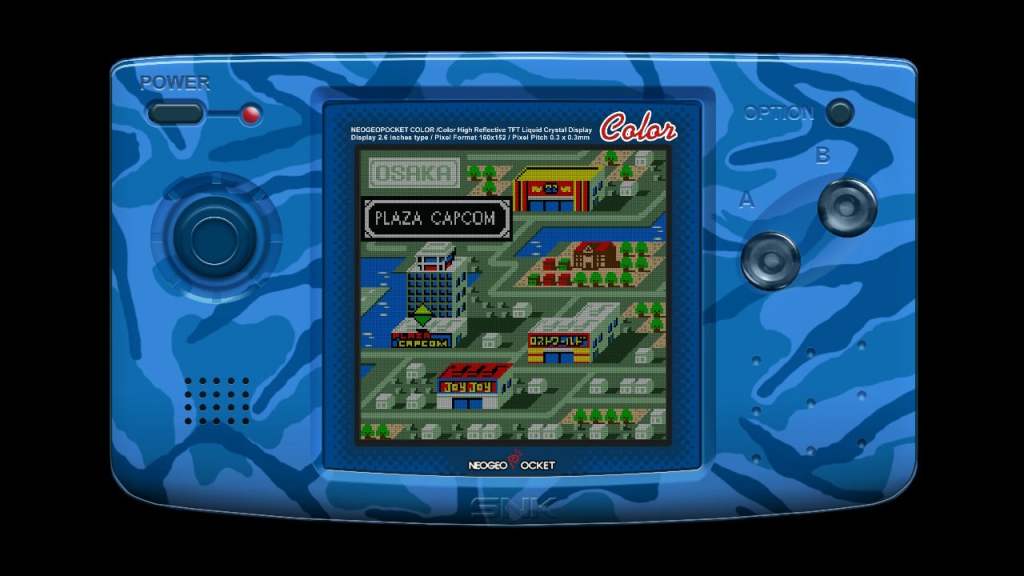
The solution was eventually emulation. I remember SNK vs Capcom: Card Fighters’ Clash being just as great as everyone on the American forums I frequented said it was. But it was never meant to be played on a computer monitor, with clear-cut pixels and a keyboard.
In 2022, playing Card Fighters’ Clash on the
More importantly, it’s finally a portable game for me.

The Neo Geo Pocket Colour, in reality, is smaller in total size than the Switch’s screen, and it’s amusing having a whole other portable console appear ‘inside’ your console (although you can scale it up or down to your liking).
Being portable might not seem like the biggest deal, but playing the game the way it was designed to be played – in short bursts and varying locations that might not be the most conducive to playing a traditional video game – has made me appreciate the design of Card Fighters’ Clash in a whole new way.
Likely designed to leverage the popularity of the Pokemon Trading Card Game (which had its own digital version on the Game Boy Colour a year prior to the original release of this game), Card Fighters’ Clash takes a more straightforward and aggressive approach to the genre.
The art of fighting
Mimicking the action of the fighting games from which the majority of its characters hail from, Card Fighters’ Clash is about the back and forth of trading blows.
Each player has three slots on the table to place character cards, which make up the majority of your deck. Each character card is simple: there’s a number that acts as both health and attack strength, and some characters have passive or active abilities. There are also action cards that manipulate characters in particular ways, but those take a backseat to the core actions of attacking your opponent’s cards with your own, and eventually whittling down the health points of the player when there is no other opposition.
It’s refreshingly straightforward, especially compared to the similar kinds of collectible card games that influenced it, and the many that came after. There’s also a lot of excitement to be found in this brutal simplicity.
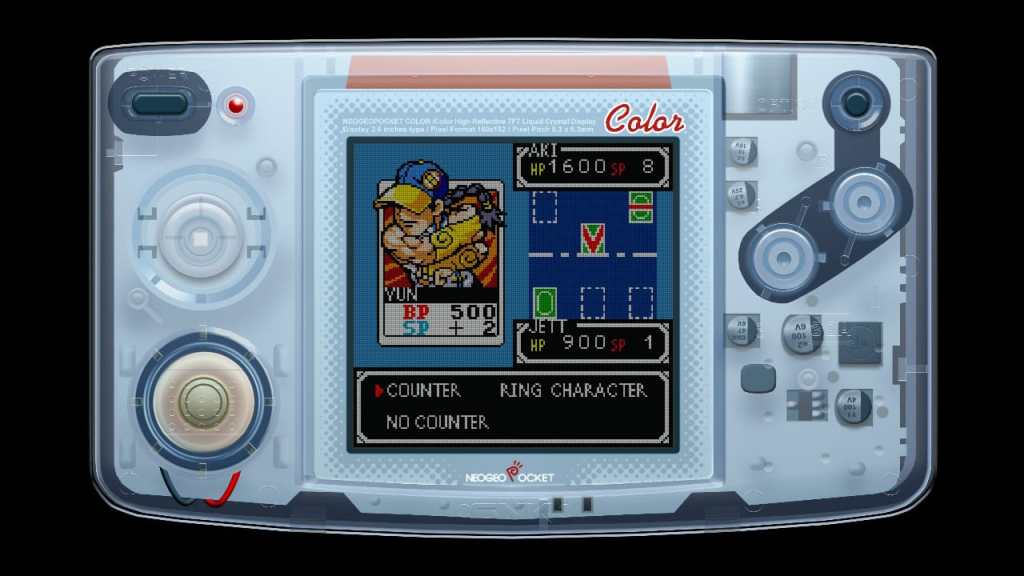
There’s no such thing as a perfect game in Card Fighters’ Clash – it’s an all-out royal rumble where it’s typical to see 20-30 different characters get knocked out before the match has ended. The strategy lies in when to throw a hit, when to block an opponent’s attack, and when to take one on the chin and bide your time for the perfect follow-up.
You might decide to counter an early attack from your opponent’s character with your own, but that will likely mean both characters will be knocked out and everything will be back to square one. If two enemy characters are attacking, you might sacrifice one of your own weakened characters to nullify the more powerful attack, leaving your more powerful character to attack afterwards, when your opponent won’t have any extra characters to defend with, since each character needs to rest after performing an attack.
Ability cards, which can do extra damage or manipulate the board, can be occasional lifesavers, but much like a super ability in fighting games, they require you to bide your time in order to use them, and they’re best used at just the right moment when your opponent drops their guard.
Rediscovering beauty in simplicity
In a world where the most popular collectible card games feature complex mechanics, with any given card full of conditions and modifiers, Card Fighters’ Clash is refreshing because it provides a gratifying sense of action with a faster pace, and a layer of strategy that doesn’t require too much consideration.
That’s especially welcome in a portable game, where the situation you’re playing in isn’t always great for absorbing blurbs of text and double checking you won’t make some kind of drastic mistake. Card Fighters’ Clash is about attacking, being attacked, and defending with an offence.
Even the parts of the game outside of the card battles themselves, a light RPG narrative where you need to defeat the Card Fighting champions situated in 5 different arcades, is catered to quick, decisive play. You simply hop redirectly to each location, chat to almost anyone to start a battle, and reap the rewards of additional cards earned by your victories.
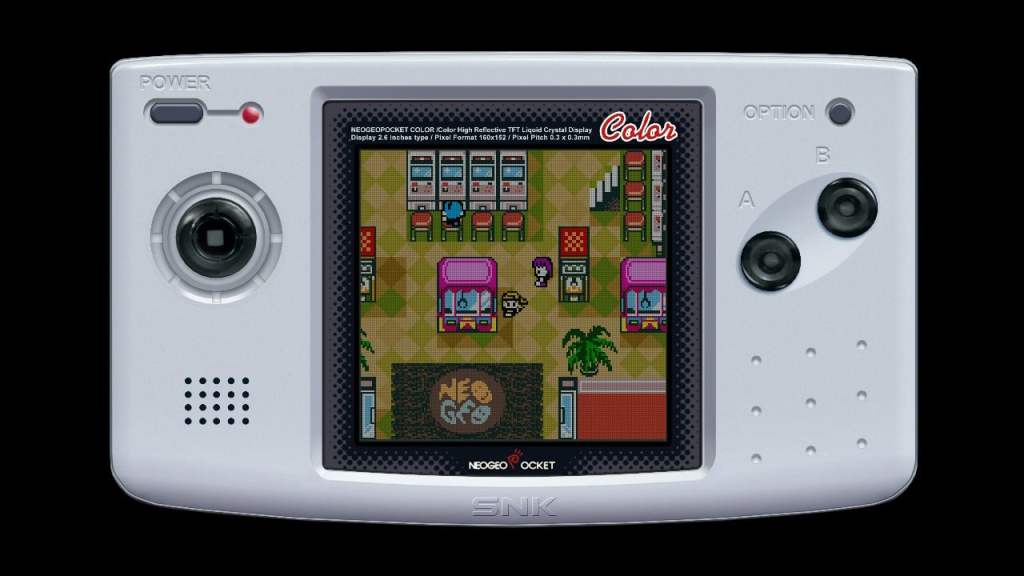
Given its age, the game does have its quirks. Some of the amusing English localisation mistakes remain. Other things, like having to navigate through a few layers of menus to do relatively simple things like observe the playing field, persist from an era where screen resolution and a lack of buttons to assign things to were imposing restrictions.
Thankfully, some modern improvements have also been included – since Card Fighters’ Clash contains both the SNK and Capcom versions of the games (a decision that obviously took some cues from the success of the Pokemon games), there’s an option to easily trade cards between the two versions, should you have save files on each.
I initially wanted to revisit Card Fighters’ Clash to reminisce over my love for these SNK and Capcom characters, reappreciate the endearing character art that adorns these game, and get some closure when it came to playing the game in an official capacity. What I got out of it was a renewed appreciation for the portable-first game design SNK had in mind. SNK vs Capcom: Card Fighters’ Clash is satisfying in its straightforwardness, a game that manages to really bring out the action in collectable card games.
It’s a game that absolutely warrants being back in the conversation in 2022, and seeing a stack of familiar faces again is a lovely bonus.
4 Stars: ★★★★
SNK vs Capcom: Card Fighters’ Clash (Neo Geo Pocket Colour Selection)
Platforms: Nintendo Switch
Developer: SNK, Code Mystics
Publisher: SNK
Release Date: 13 January 2022
The
